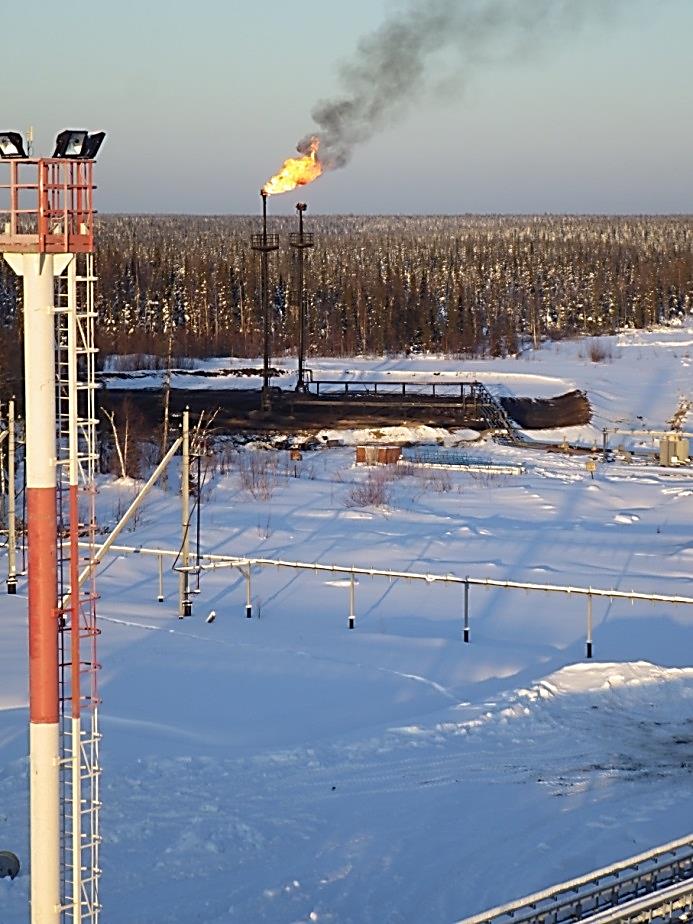Flaring is a volatile combustion control process for organic compound (VOC) in which the VOCs are piped to a remote, usually elevated, location and burned in an open flame in the open air using a specially designed burner tip, auxiliary fuel, and steam or air to promote mixing for nearly complete (> 98%) VOC destruction. Completeness of combustion in a flare is governed by flame temperature, residence time in the combustion zone, turbulent mixing of the components to complete the oxidation reaction, and available oxygen for free radical formation. Combustion is complete if all VOCs are converted to carbon dioxide and water.
Besides, at some facilities the utilization of waste gases can be applied for additional heating of various mediums.
The stream of waste gas is flared in the main flare tips installed inside the enclosed flare. The produced combustion gas is supplied via a flue to a heat exchanger intended for heating water/heat transfer agent/crude oil/other substances to a required temperature.
Downstream of the heat exchanger, the combustion gas is released into the atmosphere. For the intake of combustion gases from the oxidation chamber, a gas blower is provided. It enables the supply of combustion gas via the flue and across the heat exchanger. The ignition of main burners is performed by the pilot burners.





